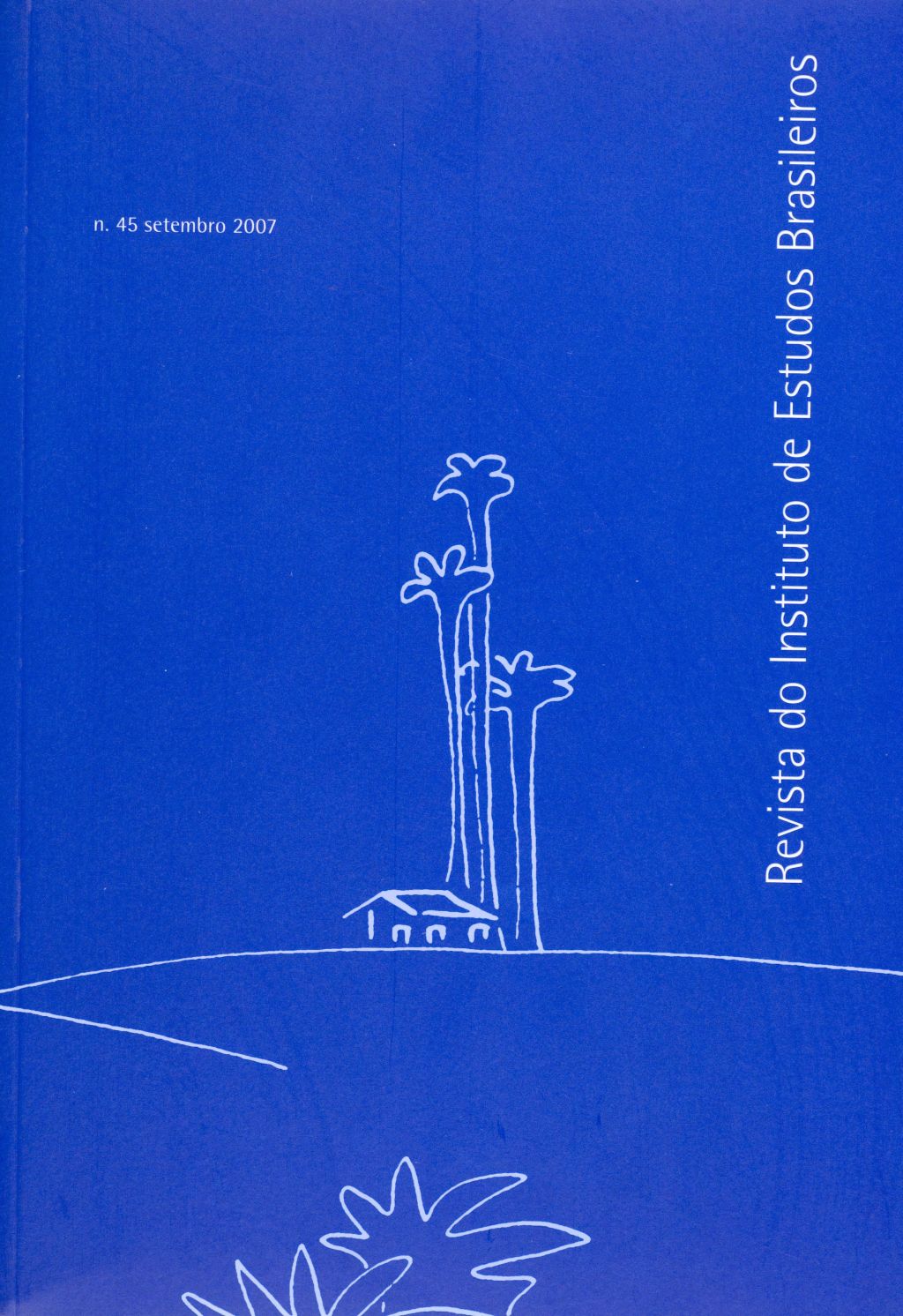Tropical modernity: north american visions of the Amazon on the eve of the Cold War
DOI:
https://doi.org/10.11606/issn.2316-901X.v0i45p153-176Keywords:
Amazon, Disney, modernization theory, frontier, FordlândiaAbstract
This article examines two representations of the Amazon and its potential for development produced in 1944 as part of the "Good Neighbor Policy" promoted by the United States during World War II. It analyzes the Disney film The Amazon awakens, whose portrayal of the Amazon as urbanized and incipiently modern, contrasts with the usual attention to regional exoticism and otherness. In accentuating the Amazon's potential for progress, the film visualizes key elements of what would become known as "modernization theory", based on the notion that all peoples aspire to a more modern way of life, and only need the appropriate technology and capital to replicate the trajectory of more "advanced" societies. This is then compared with a book by Earl Parker Hanson on the Amazon as a "new frontier", which both coincides with aspects of the Disney film and diverges from it in significant ways, indicating the ambivalences in North American visions of the region. Finally, the article briefly considers the role of the Cold War in delaying the adoption of modernization theory as the central tenet of US policies for Latin America.Downloads
Download data is not yet available.
Downloads
Published
2007-09-01
Issue
Section
Articles
License
- Todo o conteúdo do periódico, exceto onde está identificado, está licenciado sob uma Licença Creative Commons do tipo atribuição BY-NC.
How to Cite
Weinstein, B. (2007). Tropical modernity: north american visions of the Amazon on the eve of the Cold War . Revista Do Instituto De Estudos Brasileiros, 45, 153-176. https://doi.org/10.11606/issn.2316-901X.v0i45p153-176



